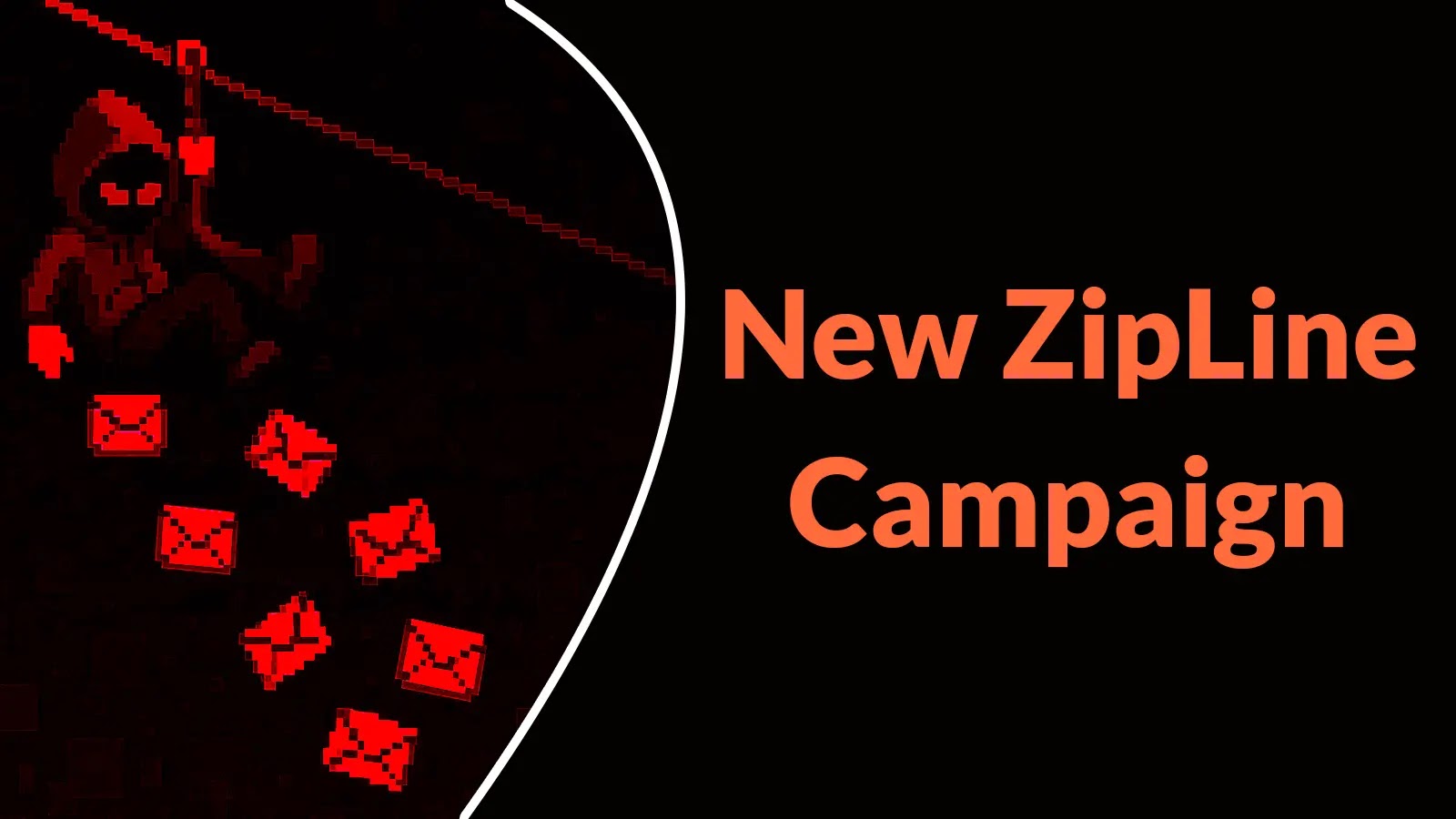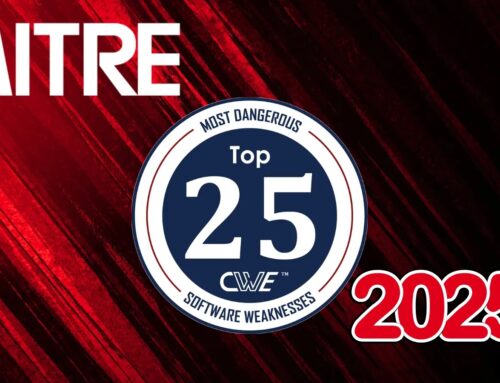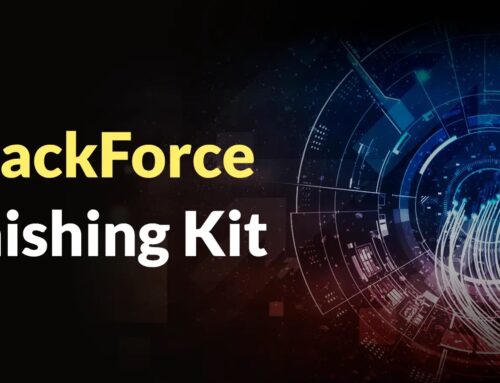
New ZipLine Campaign Attacks Critical Manufacturing Companies to Deploy In-memory Malware MixShell
The manufacturing sector, the backbone of innovation and production, faces a persistent and evolving threat landscape. In a recent development underscoring this vulnerability, a sophisticated phishing operation dubbed the ZipLine campaign has emerged, specifically targeting U.S.-based critical manufacturing firms. This campaign isn’t merely a run-of-the-mill attack; it represents an alarming shift in tactics, deploying an advanced in-memory implant known as MixShell. The ingenuity, or rather the insidious nature, of ZipLine lies in its reversal of traditional phishing workflows, turning the tables on victims and compelling them to initiate contact with the threat actors themselves.
The ZipLine Campaign: A Strategic Approach to Compromise
Unlike typical phishing attempts that rely on unsolicited emails, the ZipLine campaign initiates contact through a seemingly innocuous, yet highly effective, channel: corporate “Contact Us” web forms. This tactic subverts conventional security perimeters, as the initial outreach appears legitimate and often triggers an internal response from the targeted organization. The threat actor leverages an understanding of supply-chain criticality, framing their communications in a way that resonates with the operational concerns of manufacturing firms. This method significantly enhances their chances of engagement and subsequent compromise.
MixShell: A Stealthy In-Memory Implant
At the heart of the ZipLine campaign’s payload is MixShell, an advanced in-memory implant. In-memory malware poses a significant challenge for traditional endpoint detection and response (EDR) solutions because it operates transiently within a system’s RAM, leaving minimal traces on disk. This characteristic makes MixShell particularly stealthy and difficult to detect through forensic analysis once the system is rebooted. While the specific functionalities of MixShell are still being analyzed, in-memory implants typically specialize in:
- Data exfiltration
- Lateral movement within a compromised network
- Maintaining persistence through various techniques, even if not directly on disk
The choice of an in-memory implant highlights the threat actors’ intent for covert and sustained access, likely aiming to gather sensitive intellectual property, operational data, or position themselves for future, more disruptive attacks against critical infrastructure.
Understanding the Impact on Critical Manufacturing
The targeting of critical manufacturing companies by the ZipLine campaign and the deployment of MixShell carries severe implications. These organizations are integral to national supply chains, economic stability, and often, national security. A successful compromise could lead to:
- Intellectual property theft, eroding competitive advantages.
- Disruption of production, causing significant economic losses and supply chain delays.
- Compromise of operational technology (OT) systems, potentially leading to physical damage or safety incidents.
- Loss of reputation and trust, impacting long-term business viability.
Remediation Actions and Proactive Defenses
Mitigating the threat posed by campaigns like ZipLine requires a multi-layered and proactive cybersecurity strategy. Organizations, particularly those in critical manufacturing, should implement the following remediation and preventative measures:
- Employee Training and Awareness: Conduct regular, rigorous training sessions for all employees, especially those managing “Contact Us” forms or initial business communications. Emphasize the importance of verifying senders and the risks associated with unusual or unsolicited requests, even if they appear to originate from legitimate channels.
- Enhanced Email and Web Security Gateways: Implement advanced threat protection features in email and web security solutions to identify and block malicious links, attachments, and suspicious website interactions.
- Endpoint Detection and Response (EDR) Solutions: Deploy EDR solutions with robust behavioral analysis capabilities to detect anomalous process behavior characteristic of in-memory malware and living-off-the-land techniques. Solutions capable of memory forensics are crucial for detecting implants like MixShell.
- Network Segmentation: Isolate critical operational technology (OT) networks from IT networks to limit lateral movement in the event of a compromise.
- Strict Access Controls and Least Privilege: Implement the principle of least privilege, ensuring users and systems only have the necessary permissions to perform their functions.
- Regular Patches and Updates: Ensure all systems, software, and firmware are regularly patched and updated to address known vulnerabilities that attackers could exploit for initial access or privilege escalation. While specific CVEs related to MixShell’s exploitation haven’t been publicly detailed in this campaign, maintaining a robust patch management program is foundational security.
- Incident Response Plan: Develop and regularly test a comprehensive incident response plan tailored to sophisticated attacks, including clear protocols for detection, containment, eradication, and recovery.
- Threat Intelligence Sharing: Participate in industry-specific threat intelligence sharing groups to stay informed about emerging threats and attacker tactics specifically targeting the manufacturing sector.
| Tool Name | Purpose | Link |
|---|---|---|
| Mandiant Advantage | Threat Intelligence Platform | https://www.mandiant.com/advantage |
| CrowdStrike Falcon Insight | Endpoint Detection & Response (EDR) | https://www.crowdstrike.com/products/endpoint-security/falcon-insight-edr/ |
| Microsoft Defender for Endpoint | Comprehensive Endpoint Security | https://www.microsoft.com/en-us/security/business/endpoint-security/microsoft-defender-endpoint |
| Wireshark | Network Protocol Analyzer (Detection of anomalous network traffic) | https://www.wireshark.org/ |
| Volatility Framework | Memory Forensics (Post-compromise analysis of in-memory implants) | https://www.volatilityfoundation.org/ |
Conclusion: Heightened Vigilance is Imperative
The ZipLine campaign, with its innovative approach to initial access and the deployment of the stealthy MixShell in-memory malware, serves as a stark reminder of the escalating sophistication of cyber threats. For critical manufacturing companies, the stakes are exceptionally high. Proactive defense strategies, encompassing robust employee training, advanced security technologies, and a vigilant incident response posture, are no longer optional. They are foundational to safeguarding operational continuity, intellectual property, and national security in an increasingly complex threat landscape.





